-
Out of stock
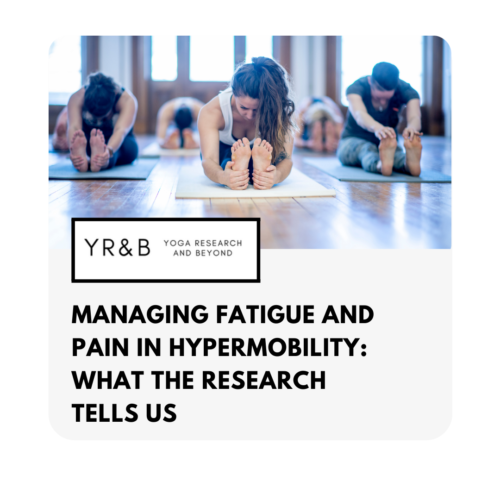
Date July 6, 2021 Time 5PM-7:30PM EST Instructor Catherine Cowey Awareness about hypermobility spectrum disorders (HSD) has increased in the last five to ten years, despite the paucity of research on the subject. The medical and research community are slowly catching up and properly seeing the seemingly unrelated symptoms and connecting the dots to connective tissue disorders. In certain cases, what used to be diagnosed as chronic fatigue syndrome, or fibromyalgia is now being properly identified as part of the complex symptomatology found in those with HSD. In this webinar we’ll cover literature reviews that summarize this condition focusing on the more prevalent symptoms of pain and fatigue that can stem from an underlying HSD. We’ll dive into what the research has uncovered with the complexities and mechanisms behind the many symptoms of HSD. Finally we’ll go over some management tools that the research and my own clinical practice has shown to ameliorate some of the symptoms. You'll learn:- How the research has evolved
- How pain and fatigue manifest from an underlying hypermobility condition
- Other symptoms of HSD and how they contribute to pain and fatigue.
- Management tools that help bolster and strengthen hypermobile individuals to ease the complex symptomatology
- Annual member price – $24
- Regular price – $39
-
Out of stock
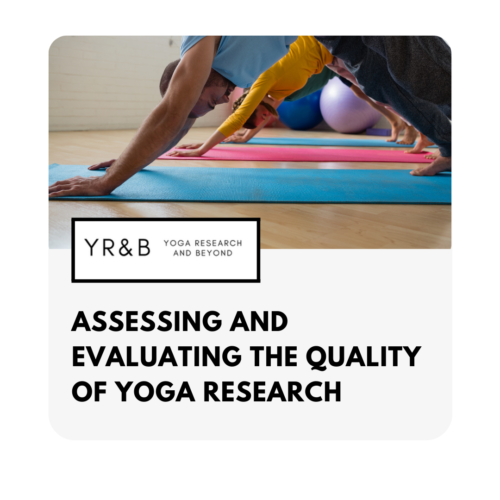
Date April 6, 2021 Time 2PM-4:30PM EST Instructor Elizabeth Berger As yoga research continues to increase, some favorable findings have emerged. However, many yoga and fitness professionals remain inconsistent in their implementation of evidence-based practice for a variety of reasons. Assessing and evaluating the quality of research findings can be convoluted and intimidating to say the least, so it is not surprising that practitioners may be reluctant to implement findings without fully understanding what they mean. This course is an introduction for yoga teachers looking to integrate evidence-based practices into their activities and programming. Participants will learn how to critically review and dissect the strengths and limitations of research articles to better understand the credibility of the research and how to apply findings to their current practice. After this course, you will feel more confident in determining which articles are most trustworthy, assessing the strength of a study’s methodology and findings, and understanding how to apply the findings to your clients. You'll learn:- Common research designs and sampling methods
- Basic overview of common statistical terms
- Assessing limitations of a research study
- Real-life examples of how to dissect articles and synthesize research findings
- Effectiveness of various practices within yoga research
- Annual member price – $24
- Regular price – $39
-
Out of stock

Date June 8, 2021 Time 2 PM EST Instructor Sara Hoy According to research, yoga is commonly practiced for two reasons; to promote health or to deal with medical issues. When I started to work in yoga research I quickly realised that most of the research stems from the ‘sickness’ viewpoint. Therefore, I decided to explore the research from the well-being perspective and how to promote health. In this course I will talk about yoga research from the standpoint of promoting health as opposed to managing medical conditions. You'll learn:- What “works” in yoga?
- What promotes health, and what does the research show?
- How can this research be applied in our yoga practice and teaching?
- Annual member price – $24
- Regular price – $39
-
Out of stock
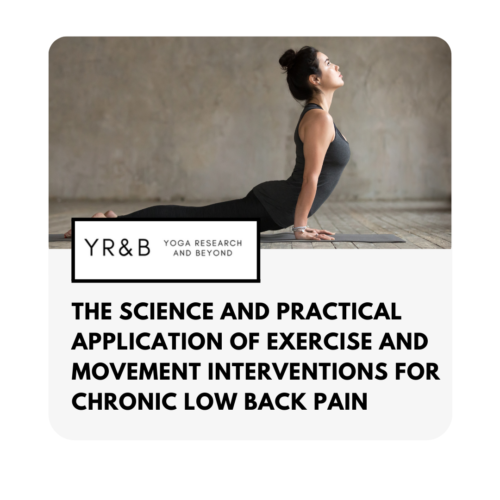
Date August 3, 2021 Time 2PM-4:30PM EST Instructor Jenn Pilotti In this course we will review the research of exercise interventions for chronic low back pain as well as what science suggests regarding the bio-psycho-social model. Research shows the condition of chronic low back pain is multi-factorial. Some of the factors that contribute to chronic low back pain include:- Presence of disc pathology
- The student’s belief about their pain
- Self agency
- Whether they feel supported and cared for by others
- Anxiety
- Depression
- Make more informed decisions about how to work with clients/students with chronic low back pain through exercise selection and regression
- Understand how language and cues can impact experience
- Better understand the importance of mindset for self efficacy and resilience
- Annual member price – $24
- Regular price – $39
-
Out of stock
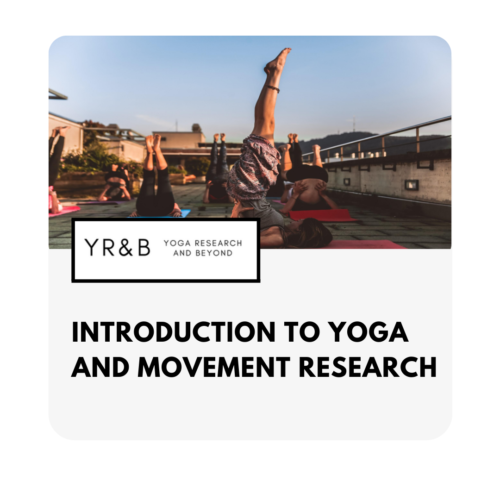
Date March 9, 2021 Time 2PM-4:30PM EST Instructor Ariana Rabinovitch Since 2000, there's been a spike in published research about yoga. No doubt that's due to the growing popularity of yoga coupled with the desire to understand how it can help people with issues like low back pain, anxiety and cardiovascular health.
Anatomy studies are popular for yoga teachers, but we rarely have direct access to current research and yet there's so much available to us and so much we can learn from it to help our students. We'll learn what kind of research is being done about yoga, where to find research, how to read it and apply it.
You'll learn:- How much research there is that's relevant for teachers
- Where to find research
- About lack of inclusion and diversity in yoga research
- How to read research
- How to apply research
- Annual member price – $24
- Regular price – $39
-
Out of stock
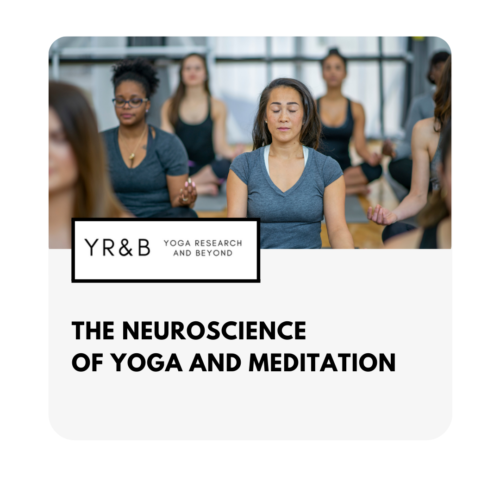
Date September 1, 2021 Time 2PM-4:30PM EST Instructor Brittany Fair Do you want to know how meditation and yoga affect your body and mind? In this course you will learn about the latest yoga and meditation research and how to incorporate this information into your teaching and practice. We will cover topics such as the basic anatomy of the brain, how yoga and meditation affect the brain and how to activate certain regions of the brain with different movements and meditations. Note: This is a livestream course. Upon purchase, you will receive a zoom link to watch the course live. If you cannot attend live you will be able to watch the recording for a limited time.- Annual member price – $24
- Regular price – $39
-
Out of stock
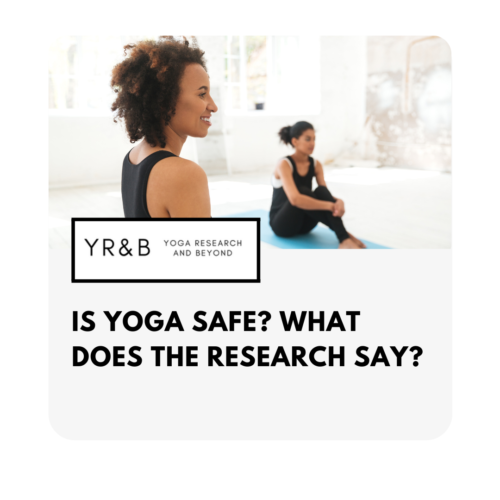
Date May 4, 2021 Time 2PM-4:30PM EST Instructor Jules Mitchell As more people participate in yoga as a form of physical activity, it naturally follows that we hear more frequent stories about personal benefits and harms. Generally, people identify positive physical changes with yoga, so how does that explain the frequency of musculoskeletal injuries we hear about on social media, mainstream media, and from our peers? Are the yoga postures generally safe or must we practice with caution to avoid pain and tissue damage? While it’s tempting to listen to anecdotal evidence, it is always wise to look at what the research says. Learning objectives:- Define injury
- Overview of pain
- Discuss load parameters
- Identify common adverse events
- Consider injury rates in other activities
- Determine if there are problematic poses
- Evaluate home practice and instructor led classes
- Comprehensive literature review on yoga and safety
- Annual member price – $24
- Regular price – $39
